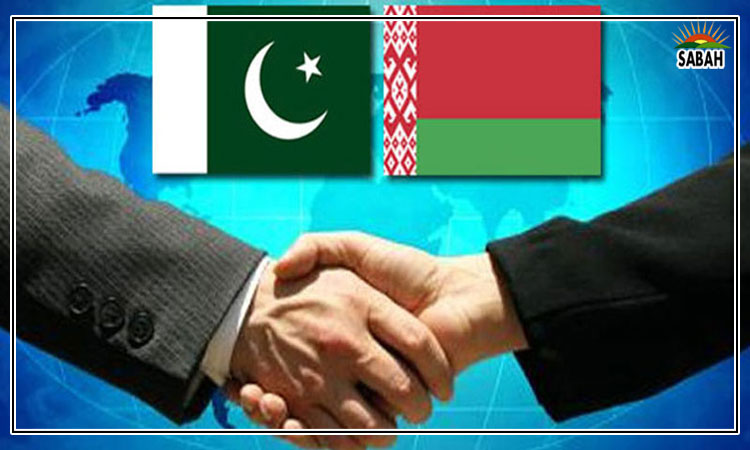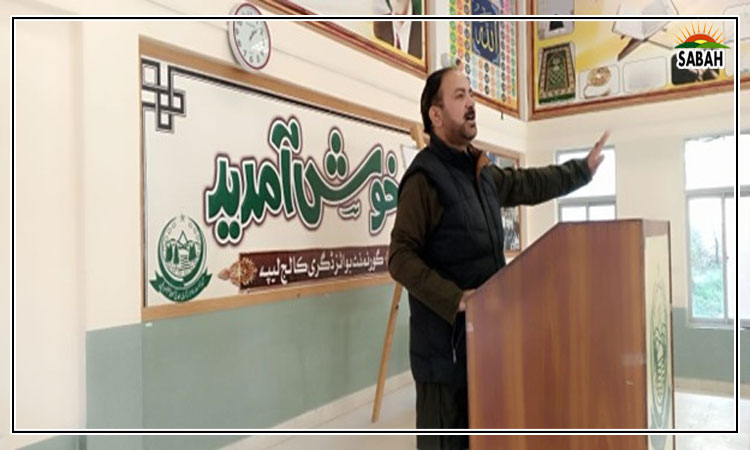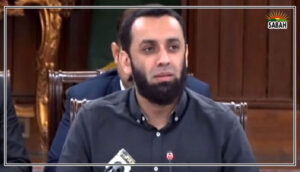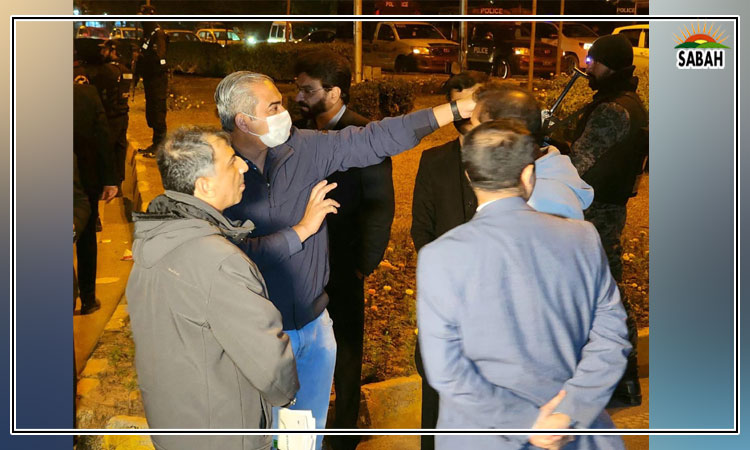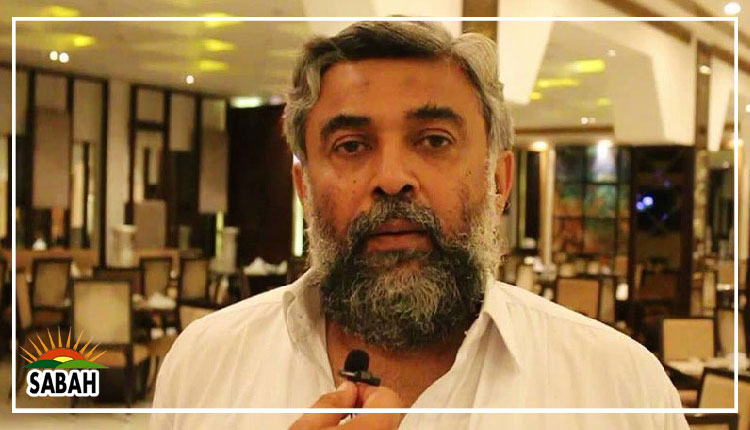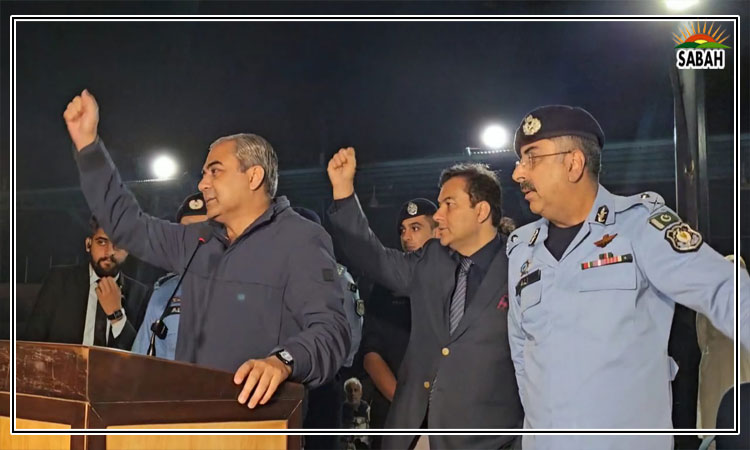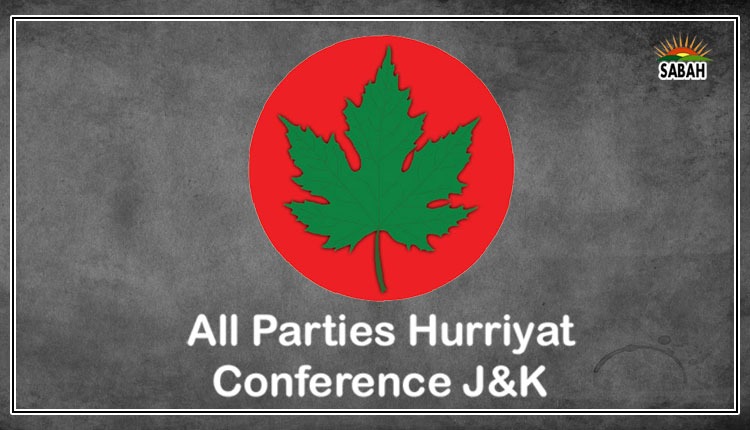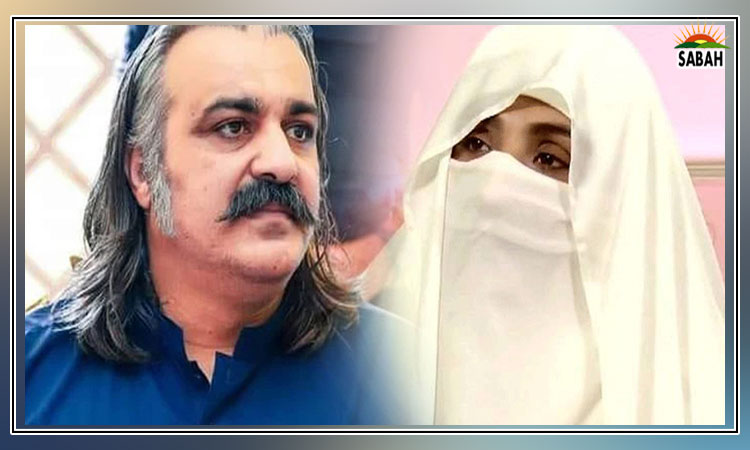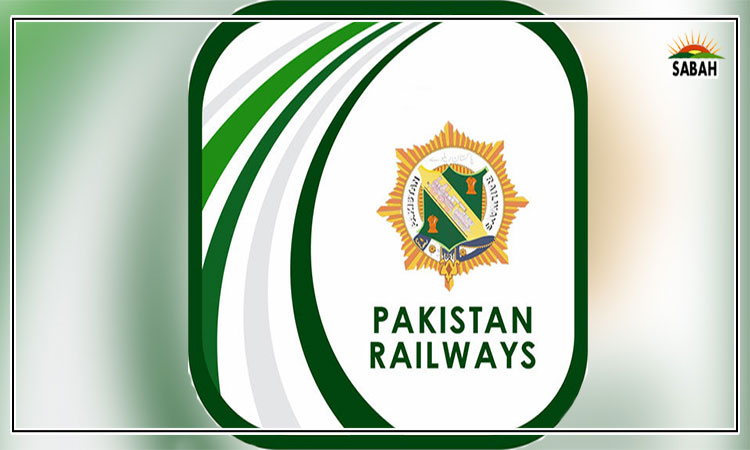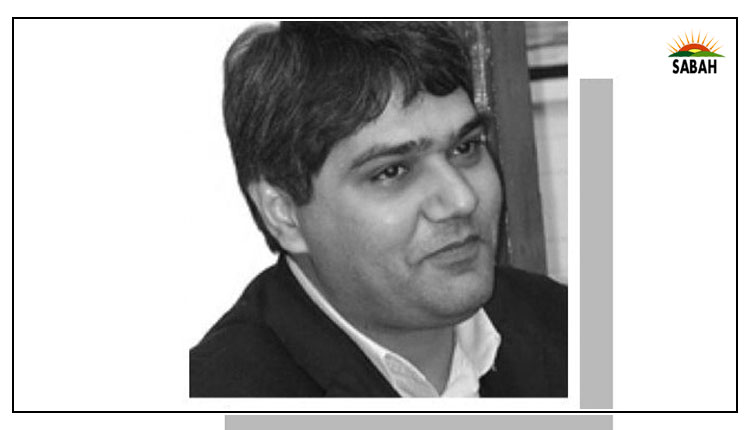Dream party…Muhammad Amir Rana
Pakistan needs a dream political party to steer the country out of its current crisis. A party that has the vision and ability to introduce reforms, and the courage to challenge the forces of status quo. A party that is neither loaded with ideological baggage nor tied down by the establishment, and that derives its strength only from the support of the masses.
Thinking up such a political party is akin to daydreaming; nevertheless, it is a natural mental exercise, because minds tend to look for ways of escape in a situation of extreme crisis. The brain starts creating illusions that the scenario will change soon, and that provides temporary relief to suffering souls.
But what is wrong in longing for a new political party? There is a larger consensus in the country that all major political parties have failed the nation. Their politics revolves around winning the patronage of the establishment, and in the process, they have become politically and morally bankrupt. This is what the leaders of a new campaign titled Reimagining Pakistan have also asserted. The campaign was recently launched by a group of PML-N and PPP political dissidents. The group itself has the potential to establish a dream party, but its members have denied reports that they have any such intention. Instead, their focus appears to be set on developing a consensus on the future course of action that could provide strategic guidance to all stakeholders to get Pakistan out of the existing morass. These politicians started the campaign from Quetta and very vocally highlighted issues related to human rights violations, economic and political crises, and, most importantly, the inability of political parties to address all these challenges.
Theres no doubt Pakistan needs radical reforms to get out of the mushrooming economic and political crises. However, the biggest challenge is the existing power structure, which doesnt want to undergo a complete overhaul. It keeps readjusting itself to changes of little consequence, and is thus able to maintain the status quo. The power elites who run the system, and who comprise the nexus between the establishment, the political leadership, bureaucracy and industrial and agricultural cliques, habitually look outward for help instead of taking the path of internal reform. Local and international publications have frequently highlighted the fact that this elite has brought the country to a juncture where people have started to lose hope. The reduced trust in the system will eventually lead to the systems collapse sooner or later.
This is the right moment for introducing structural changes, as the thinking process is still active, and people in their various circles are floating ideas, including the leaders of Reimagining Pakistan. Most good ideas die in the absence of a conducive environment. Once there is an agreement that the current political structure is not capable of delivering, all political parties will have to reform themselves before an effort is made to reform the existing power structure. At present, they behave identically without a vision or the ability to reform, whether or not they are in power. This, too, creates space for a new political party, which should derive its strength from the people and serve the latter in concrete ways.
Incidentally, 160 political parties are already registered with the Election Commission of Pakistan and their manifestoes cover all issues facing the country. Apart from the ideological and religious divide, many parties claim to protect human and minority rights. Thirty of the registered political parties have Awam, Awami, or Aam Log in their names, which does not include a dozen factions of the Pakistan Peoples Party. Apart from 21 Muslim Leagues and more than 30 religious parties, two very distinguished parties are also registered with the Election Commission, and these are Pakistan Tehreek-i-Ijtihad and Tehreek-i-Darveshan Pakistan.
As it appears, these parties came into being following some dreams. Although any real motives behind their establishment are unknown so far, if they are not active on the ground it means that they were established by some idealists who do not have the resources or energy to mobilise the masses around their agendas. Otherwise, they would have wanted some space in the complicated political landscape of the country. The establishment, too, needs proxies to keep the momentum on its side.
A dream political party of Pakistan should not be left- or right-leaning and should focus on structural reforms in every sector. That does not mean that the dream party would consist of technocrats. However, the reform agenda should come through various policymaking processes that are finally debated and approved by parliament; ie, the party must firmly believe in the supremacy of parliament. Such a political party would have the courage to hold accountable all powerful institutions before the law.
While a dream party must possess all the positive characteristics the common man can think, it should not have one quality pragmatism. The day the party becomes pragmatic, it will not remain a dream party anymore.
The question is, who can take such an initiative? One probable answer is the dissenters of all major political parties. Those who have been expelled or are on the verge of being expelled or are unhappy with their leaderships may run the partys affairs and also the countrys. Each mainstream party has a few such dissidents, and if they come onto one platform and absorb the regional political parties, which have the electoral strength to win a few constituencies, like the National Democratic Movement, they can move towards a party that is dreamed of by many.
There is also criticism that most dissidents have been part of the system and lost the courage to revolt, or that they will become pragmatic soon. There are very few who can resist the pressure of the establishment.
Anyway, a dream is still a dream. But it does provide relief to disturbed souls during times of turmoil.
Courtesy Dawn


